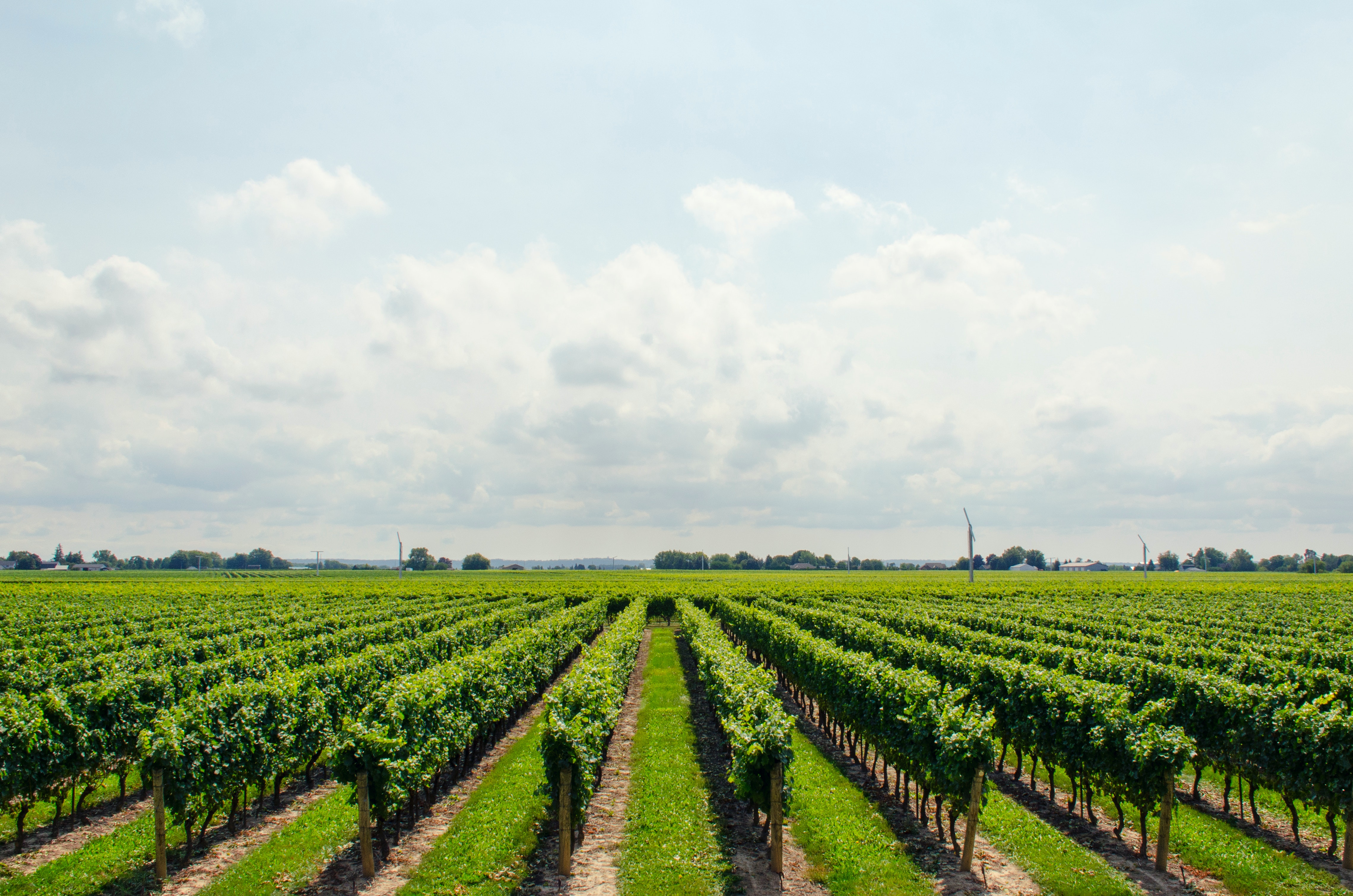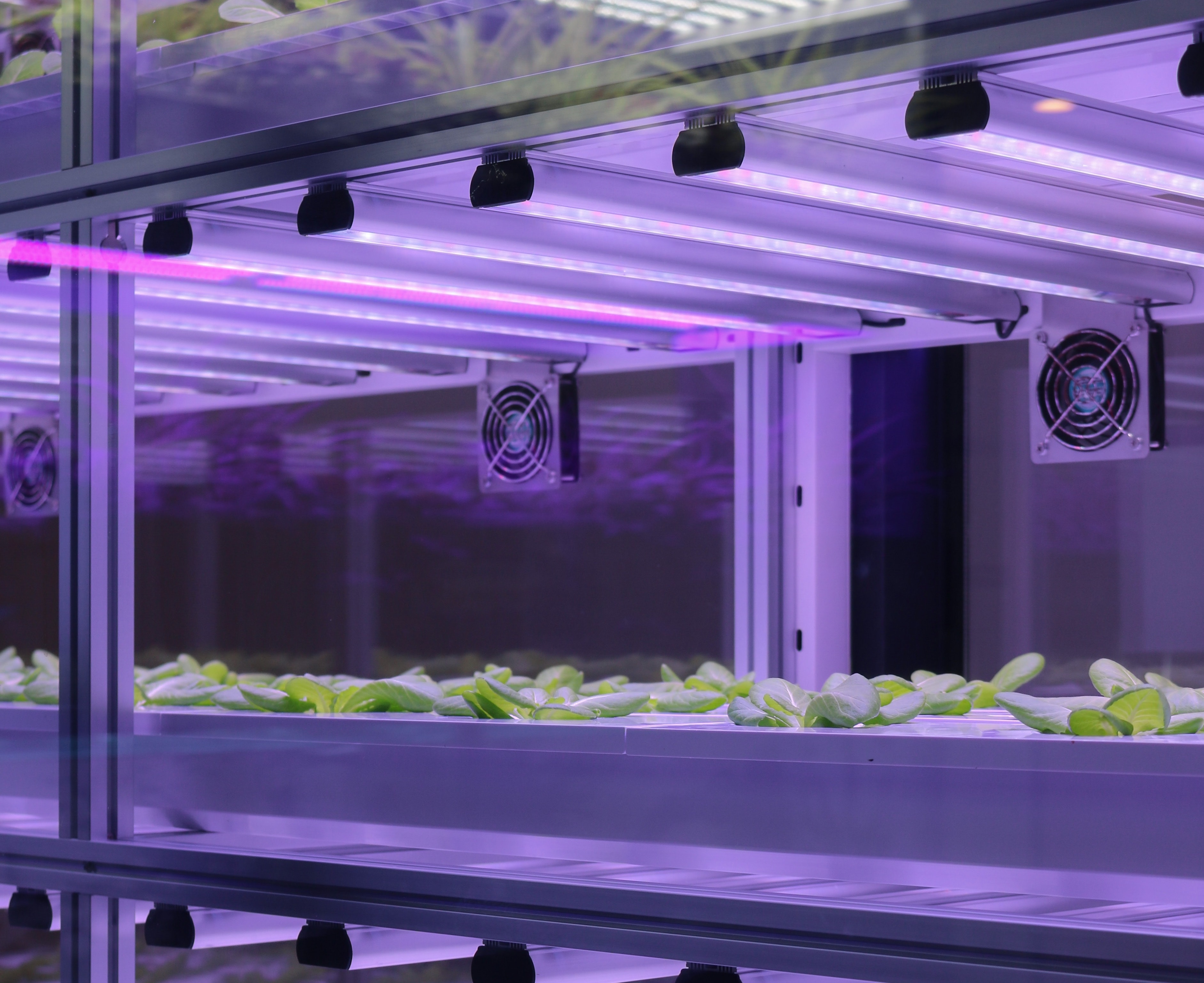Precision Agriculture
For a good part of the 20th century, farming has been considered a boring, unfashionable, and somewhat backward occupation, so much so that it used to be difficult to imagine young people choosing a career in agriculture.
How times have changed! Not just your grandfather's pursuit anymore, agriculture is now top-of-mind for many governments and entrepreneurs. Climate change and pandemic-induced strategic initiatives by many countries to achieve food independence have led to an explosion in precision agriculture - a field of knowledge that augments traditional growing techniques with sensors, IoT, AI, and other cutting-edge technologies.
Take winemaking as an example. "The key to producing outstanding grapes is to starve them of water nearly to death, but not quite," explains one Napa Valley farmer. "Give them even less water, and they dry up. Increase the water supply, and you lose taste. Tight water regulation will produce fewer grapes, but they will be of higher quality."
Achieving such tightrope precision requires deploying a network of soil moisture sensors and micro-zone watering controls. This is what precision agriculture is all about!


Elsewhere in the industry, countless industry veterans and startups experiment with the fast-advancing field of indoor growing, also known as controlled environment agriculture (CEA).
Armed with optimized nutrient mixes, dozed watering, artificial pollination techniques, IoT sensors, and a whole lot of patience, modern growers attempt to deliver consistent, cost-efficient produce regardless of the climate outside the growroom's walls. In many cases, even the sun is replaced with spectrum-tuned LED lighting.
All this effort requires an investment in monitoring systems and controllers, and the IoT has obliged by offering a multitude of solutions. The issue with existing offerings is that, although providing a myriad of different options, they are still hardwired and inflexible at their core.
A modern grower is often also a scientist playing around with lighting, climactic, and nutrient protocols in the tireless quest to save costs, improve yields, and, for edible crops, offer customers delicious produce. To hit their goals, these grower scientists, or, if you prefer, scientist growers, must be able to interconnect the pieces of their systems in novel and unusual ways… but what platform would allow them to do it?

Of course, one could always code their way through such tasks, but this requires a practical knowledge of programming languages - a skill that not all growers, even tech-savvy ones, possess. Plus, "manual" coding is slow and puts a limit on how fast one can iterate and experiment.
Enter the AppBlocks® no-code development platform. Requiring nearly zero programming knowledge, AppBlocks allows users to define the business logic of their systems by drawing flow diagrams - something that many people naturally know how to do. All work, including the application debugging, is conducted in the browser.
AppBlocks creates applications for Tibbo Project System (TPS) devices, a modular automation platform offering a wide variety of IO modules called Tibbits. By plugging Tibbits into the TPS' mainboard and defining the system's operating logic through flow diagrams, growers and system integrators working in precision agriculture fields may quickly and cost-effectively create sophisticated auto-grow solutions.
To illustrate AppBlocks' potential in empowering growers, we have created the Lighting Control application. This application shows how to control the brightness of artificial lights - and thus create artificial "sunrises" and "sunsets" -- at indoor growing facilities. Requiring a block diagram of only 24 blocks, this project is an excellent demonstration of AppBlock's power.
The project is a part of our Tutorial - a collection of projects covering most of AppBlocks's features. Flip through other lessons in the Tutorial to get inspiration for quickly creating an automation solution you or your customer requires, all without leaving your browser.